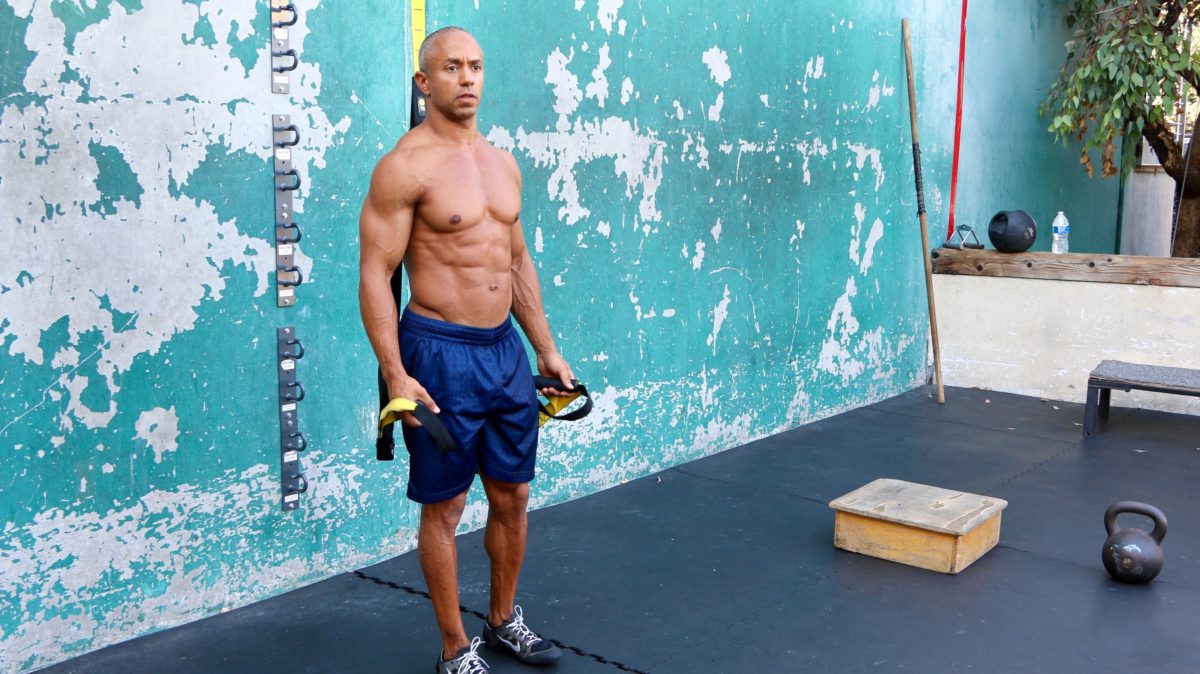Lately, I’ve been feeling a little worn out. And to be honest, bored and unmotivated.
Come to think of it, I’ve also hit a plateau in my training performance. And have had no positive change in body composition for months. So altogether, my confidence is waning.
If you’re saying and feeling these things, I want you to know each is a sign that you waited too long to make a change. Or that you didn’t plan the right changes from the outset.
Either way, enough is enough. Your workout routine and your recovery strategy has run off course.
Now what are you going to do about it?
Don’t worry. Lots of athletes experience this, and they overcome it with what I’m about to share with you.
The first thing I want you to realize is that you can avoid this from happening, again. Ever.
Start by mapping out a progressive plan to put you back on track to reach your goals.
That plan should include training blocks that have a specific focus.
When you use a narrow focus, it promotes the efficient and effective use of your time and energy. That happens best when you also build your program structure around your recovery. (Learn more about training blocks in my last blog, here.)
Every training-block is a block-of-time with one main objective. And there are a variety of methods that you can choose from to stimulate the desired change in your body.
Those methods consist of variables that you use to determine your program changes.
Those variables include:
- Resistance used.
- Exercise selection.
- Repetition velocity.
- Training frequency.
- Sequence of exercises.
- Rest intervals between sets.
- Type of muscle action used.
- Volume (total number of sets and repetitions).
- Workout structure (ex. the number of muscle groups trained).
Changing any one or several of these variables will affect how you develop your body. And can help you to get back, and keep, your motivation.
The degree to which you make any adjustment will factor as a stimulus to favor a targeted goal. For example, increasing your rest time will give your muscles the recovery they need to lift heavier weights. This change would help you to build more strength and power.
To keep things fresh, constant manipulation of the variables is necessary. But those changes must have a root of science that back up your “why”.
That’s where choosing a method of change comes in. Of which there are plenty.
In my next post, I’ll get more in depth with the possible variations within the variables listed above. And I’ll discuss method options to support your goal to be an Athlete for Life.
Until next time, stay athletic.
And remember, change is a good thing.
Your coach,
Adam

